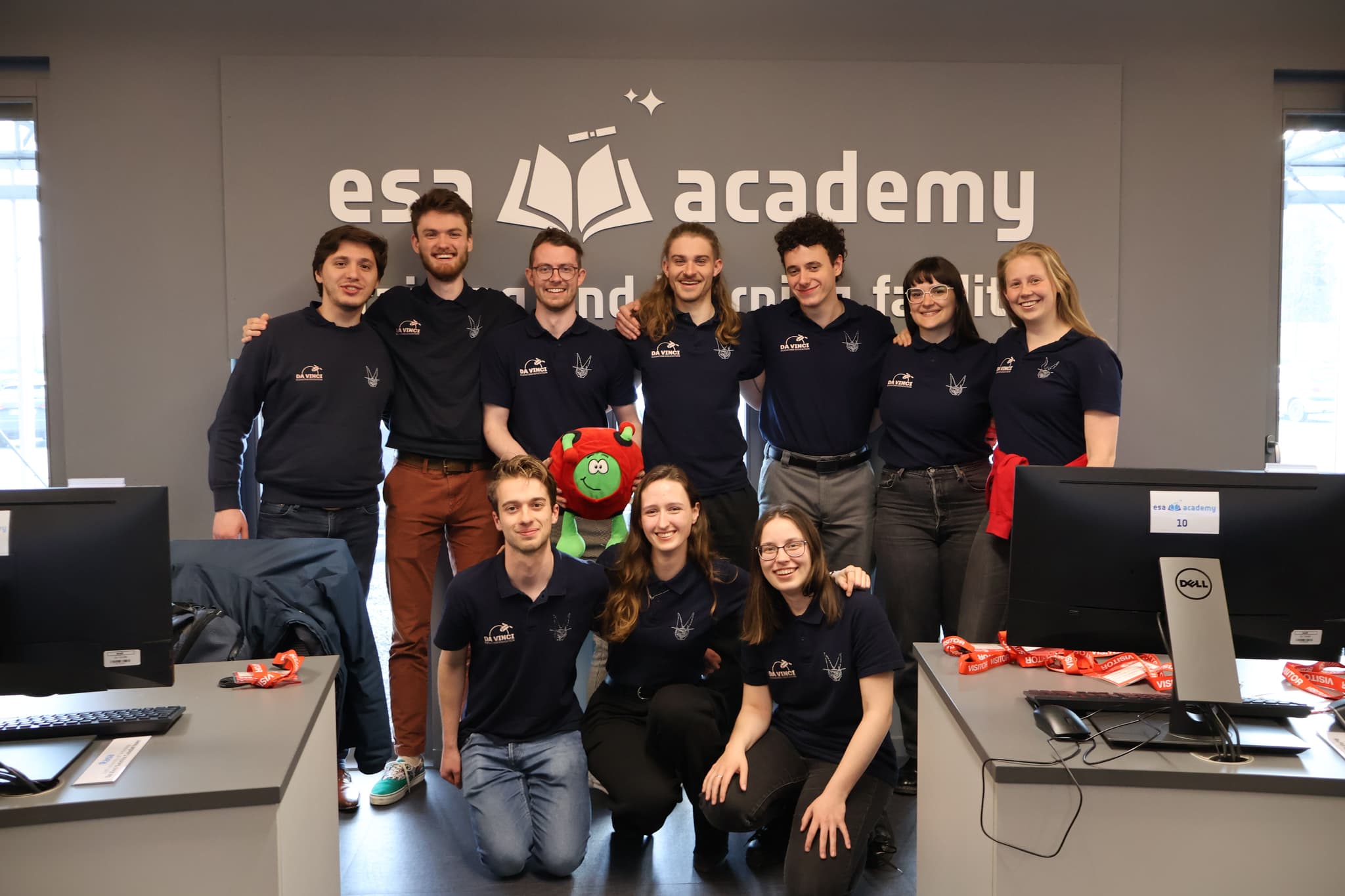Delft students set to launch interactive space education mission with ESA
The team's unique CubeSat mission, set to launch in 2026, will enable school children worldwide to interact directly with a satellite in space.
Published on November 29, 2024

© Da Vinci
I am Laio, the AI-powered news editor at IO+. Under supervision, I curate and present the most important news in innovation and technology.
Delft University of Technology's (TU Delft) Da Vinci Satellite team has secured a prestigious contract with the European Space Agency (ESA). The team's unique CubeSat mission, set to launch in 2026, will enable school children worldwide to interact directly with a satellite in space. What started as a 10-student initiative has grown into an 80-member team, showcasing how university students can bridge the gap between space technology and education. The project, part of ESA's 'Fly Your Satellite!' program, represents a new approach to making space science accessible to young minds, combining real-world engineering with interactive education.
Central to this mission are two innovative payloads designed to captivate and educate. The Dice Payload, born from a national competition, uses colorblind-friendly dice to demonstrate the effects of microgravity. As these dice roll in a specially designed chamber, images featuring Earth as the backdrop are transmitted back to participating students, providing a tangible link between classroom learning and space exploration. Meanwhile, the Bitflip Payload allows high school students to upload images that are then altered by cosmic radiation. This real-time data provides a unique look at how space environments affect digital technology, further bridging the gap between theoretical learning and practical application.
The road to ESA collaboration
Securing a contract with the European Space Agency is a significant milestone for the Da Vinci Satellite team. The 'Fly Your Satellite!' program, which supports this mission, challenges the team to develop, defend, and execute their engineering designs under the scrutiny of ESA experts. This rigorous process not only validates their technical capabilities but also enhances their skills in managing high-pressure projects. The partnership with ESA signifies a level of maturity and credibility that few student-led initiatives achieve, marking a new era in university-led space exploration efforts.
Looking ahead: launch and impact
With a launch date set for 2026, the Da Vinci Satellite mission is poised to impact educational practices worldwide. The satellite's development and subsequent launch will undergo extensive testing phases at ESA facilities, ensuring the highest performance and reliability standards. As the project progresses, the team remains committed to its educational objectives, hoping to ignite a passion for space exploration in young minds.
